
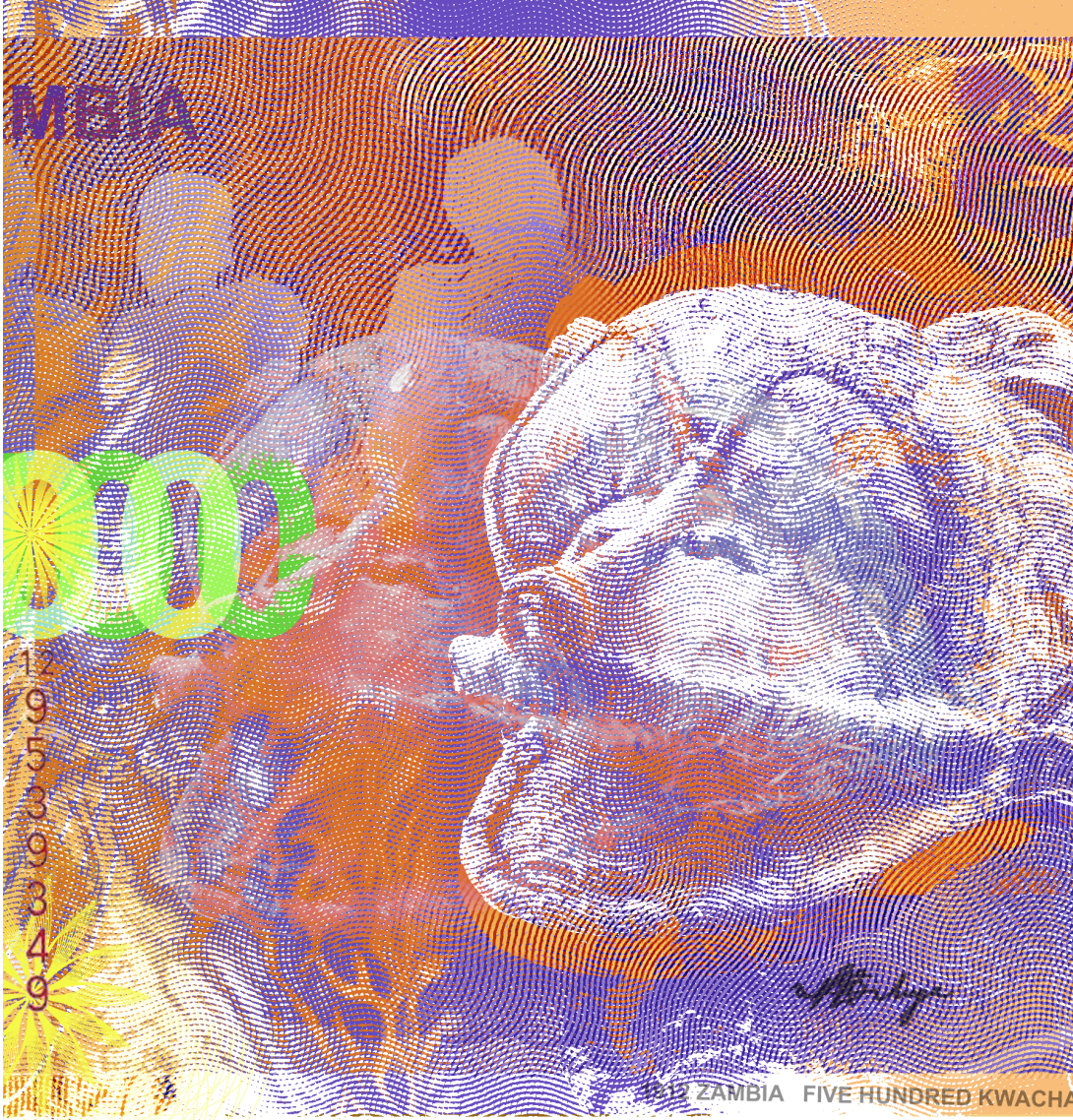






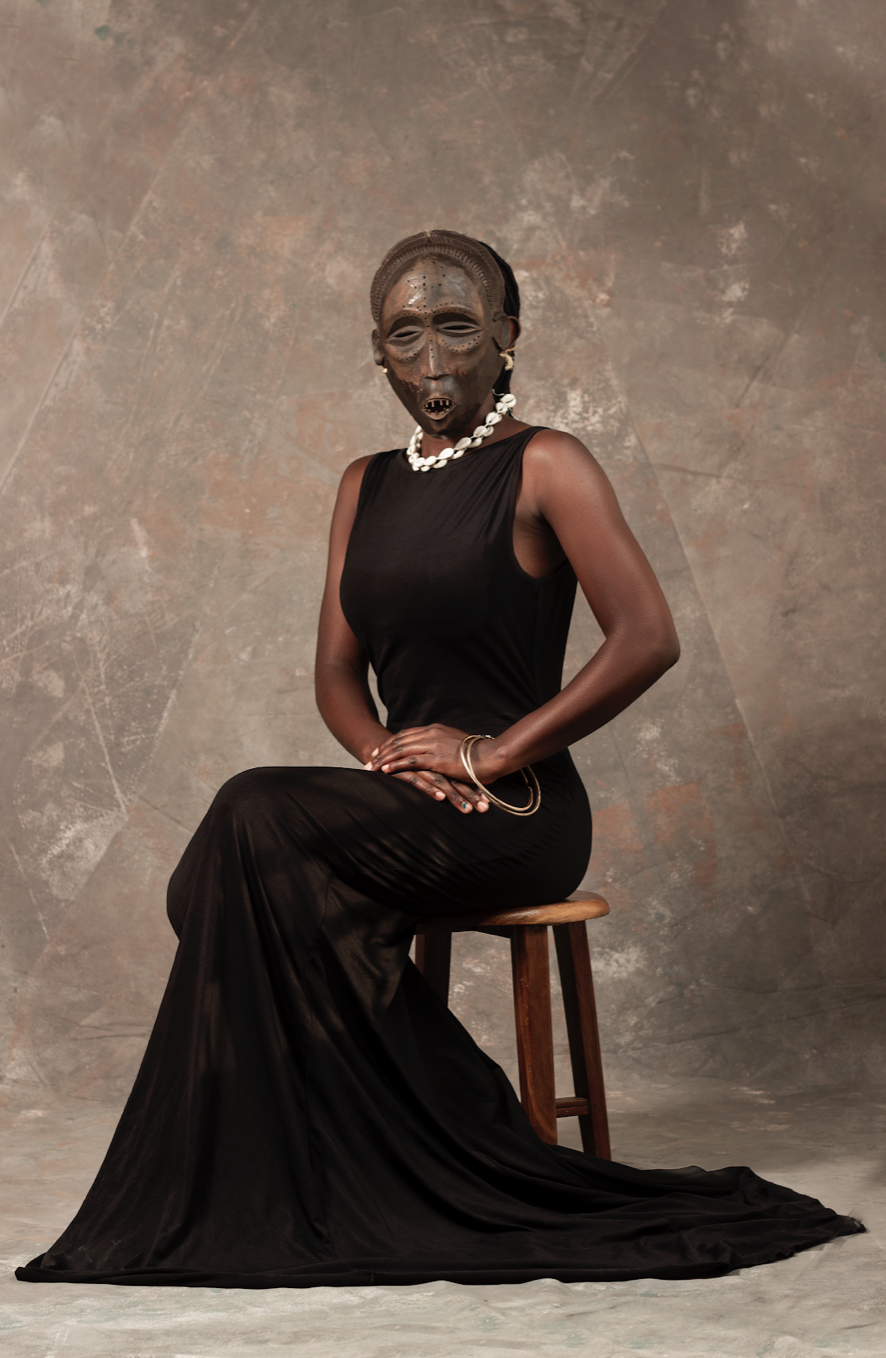

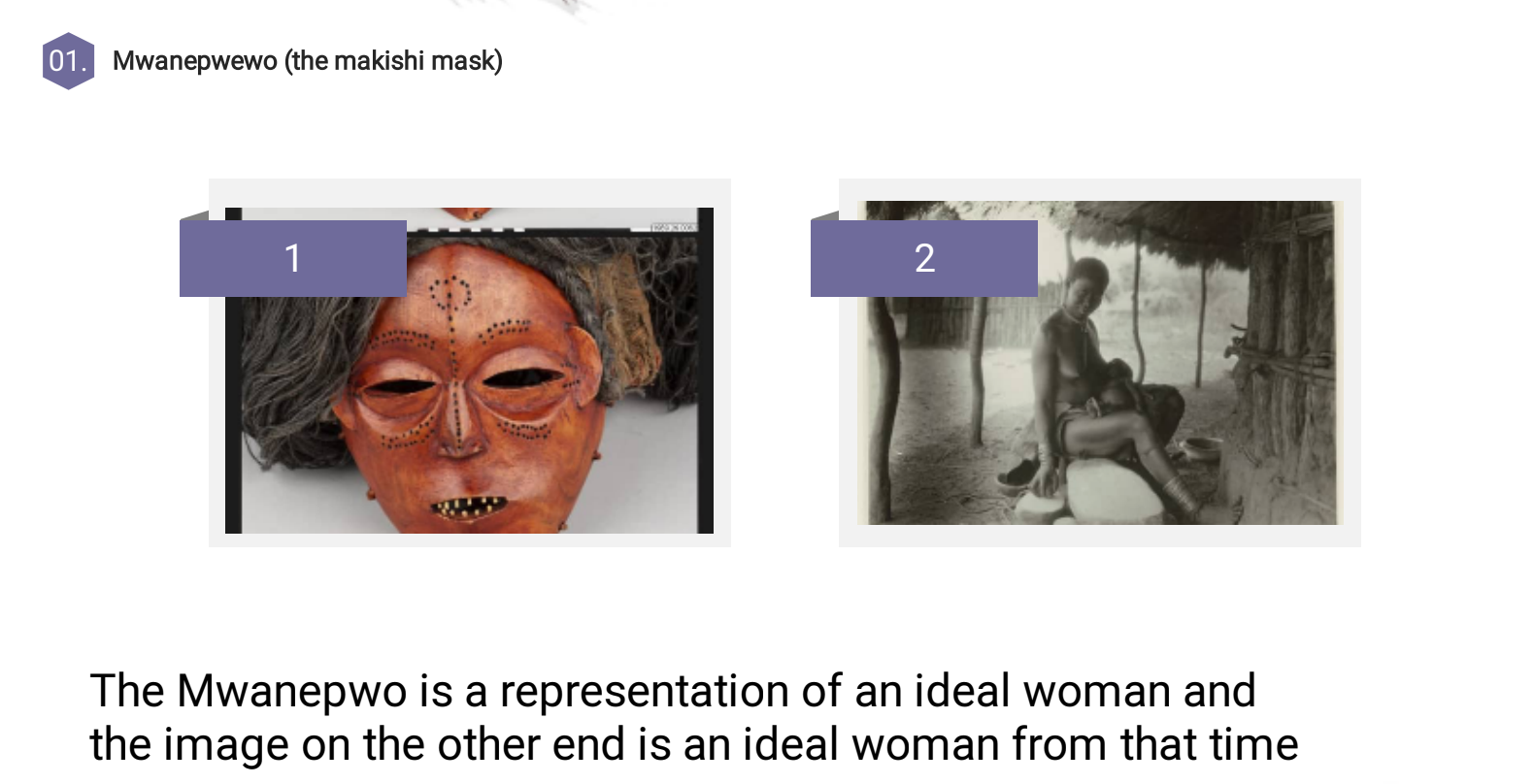

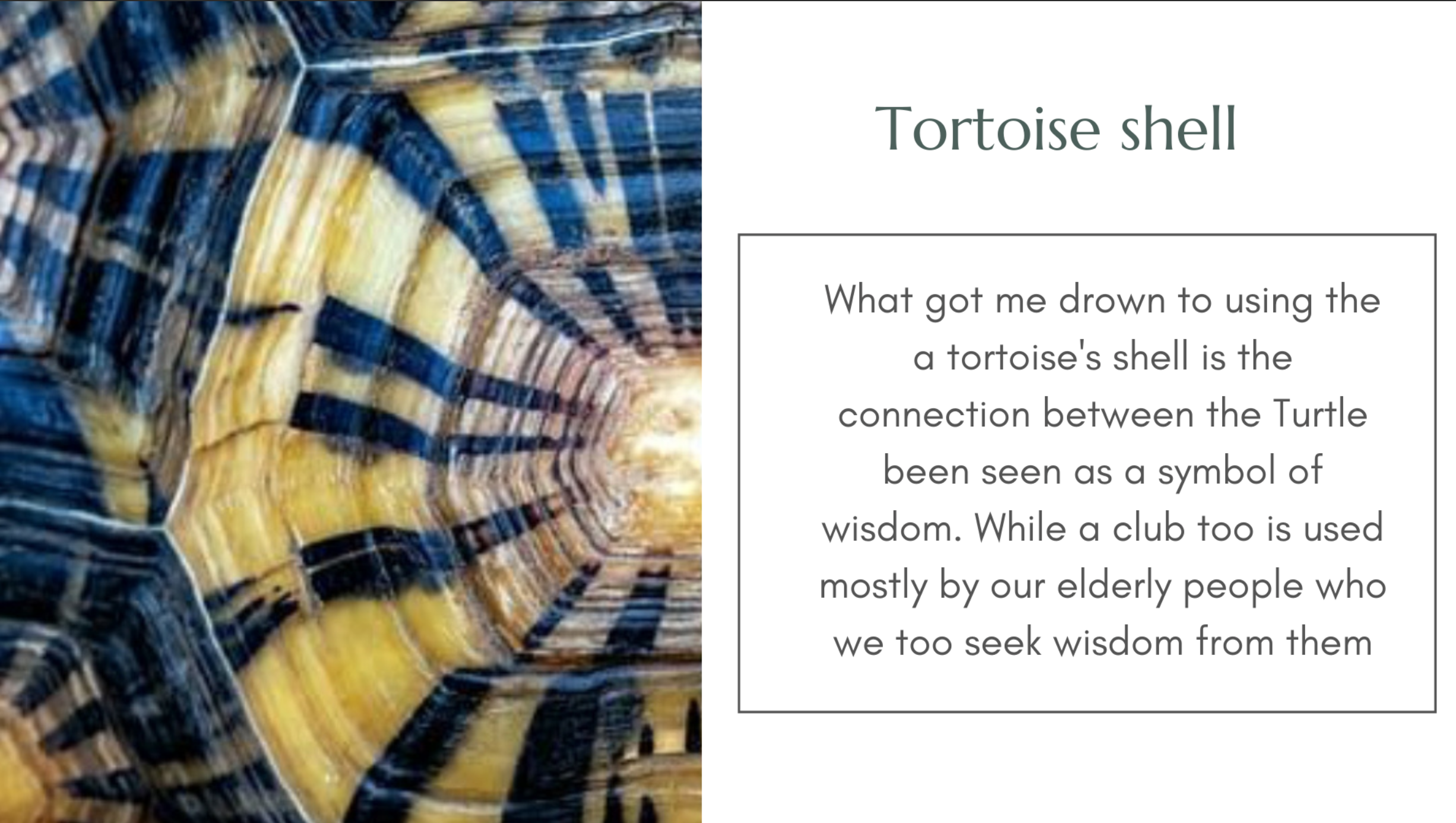
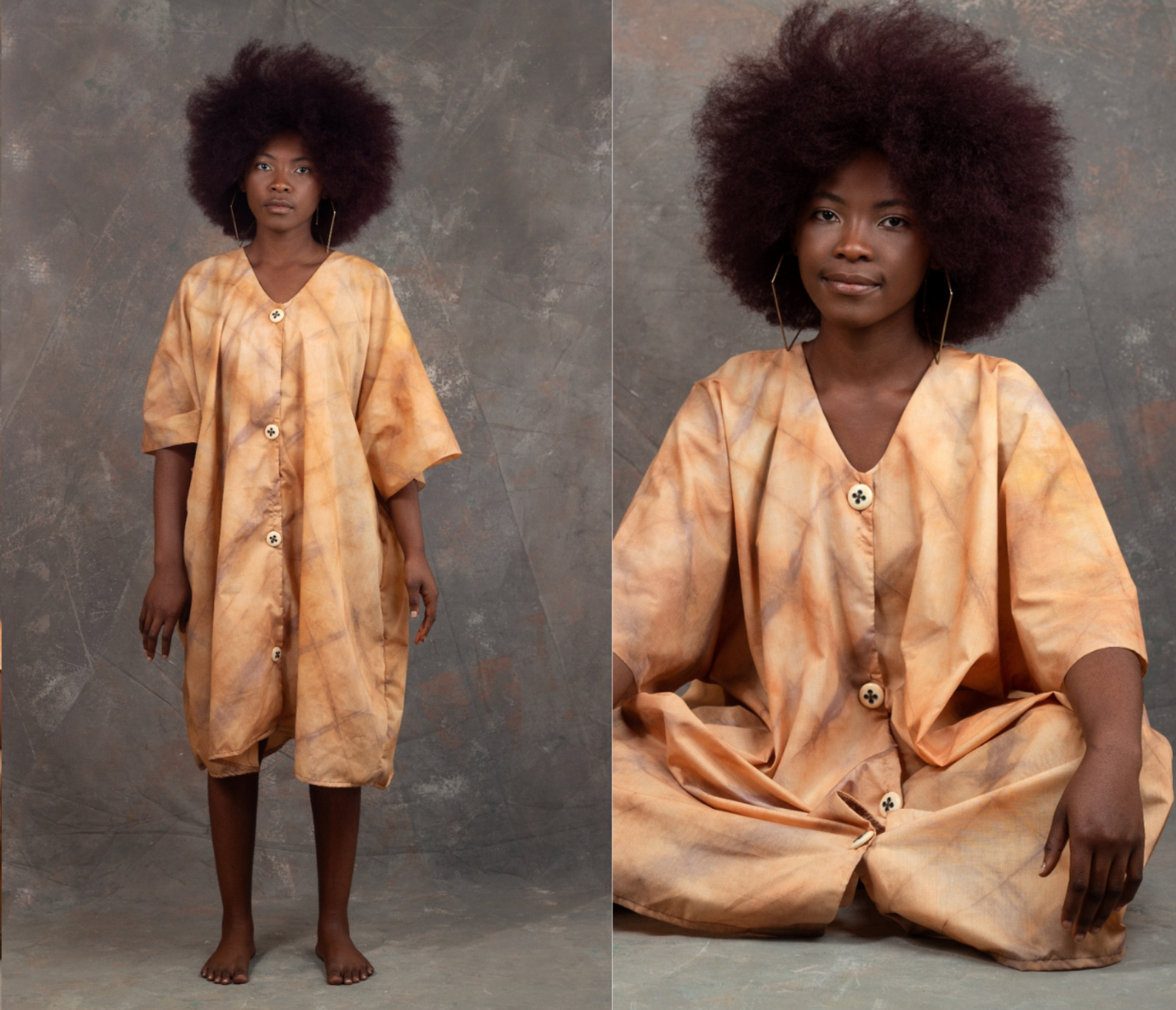
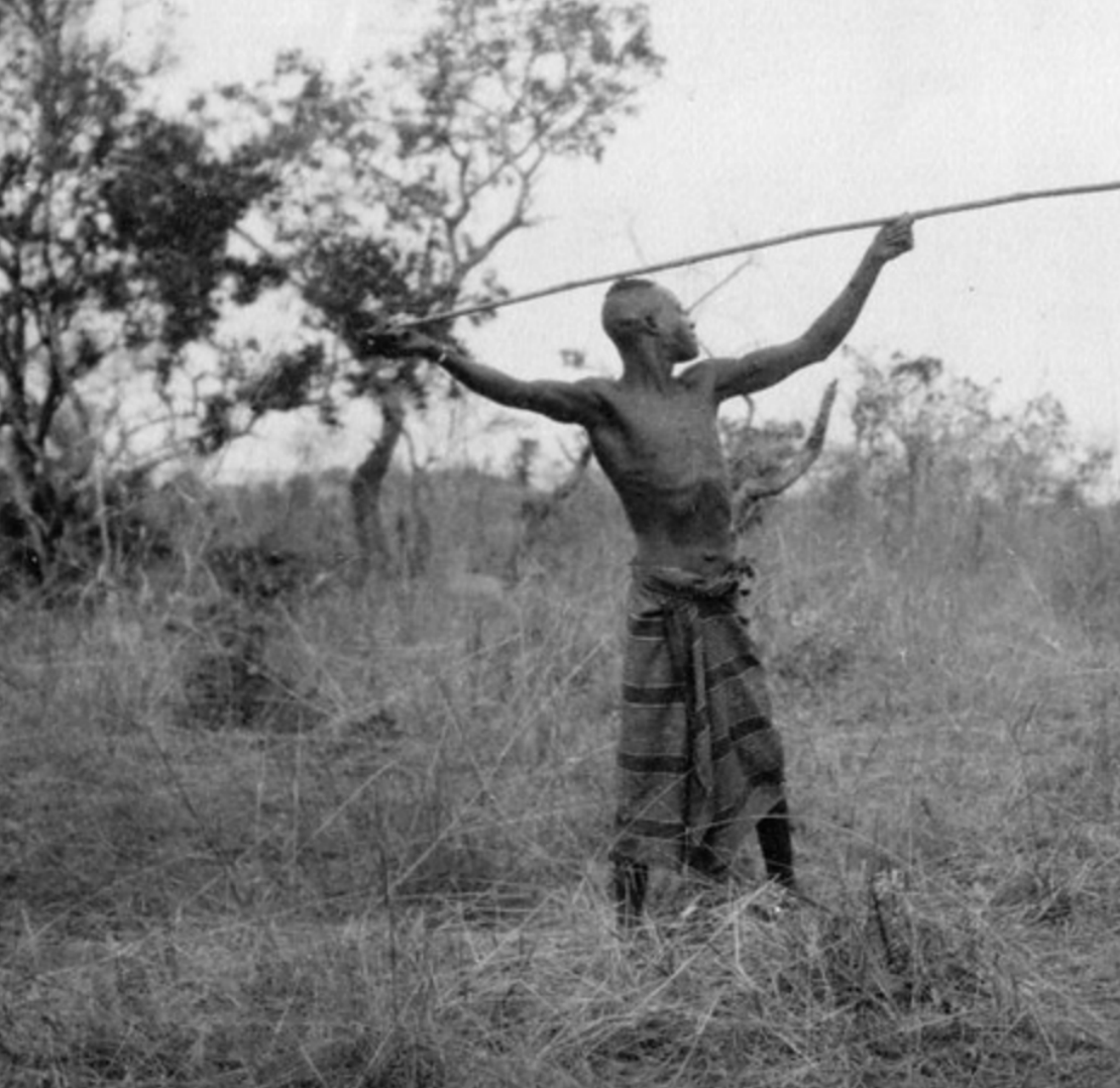
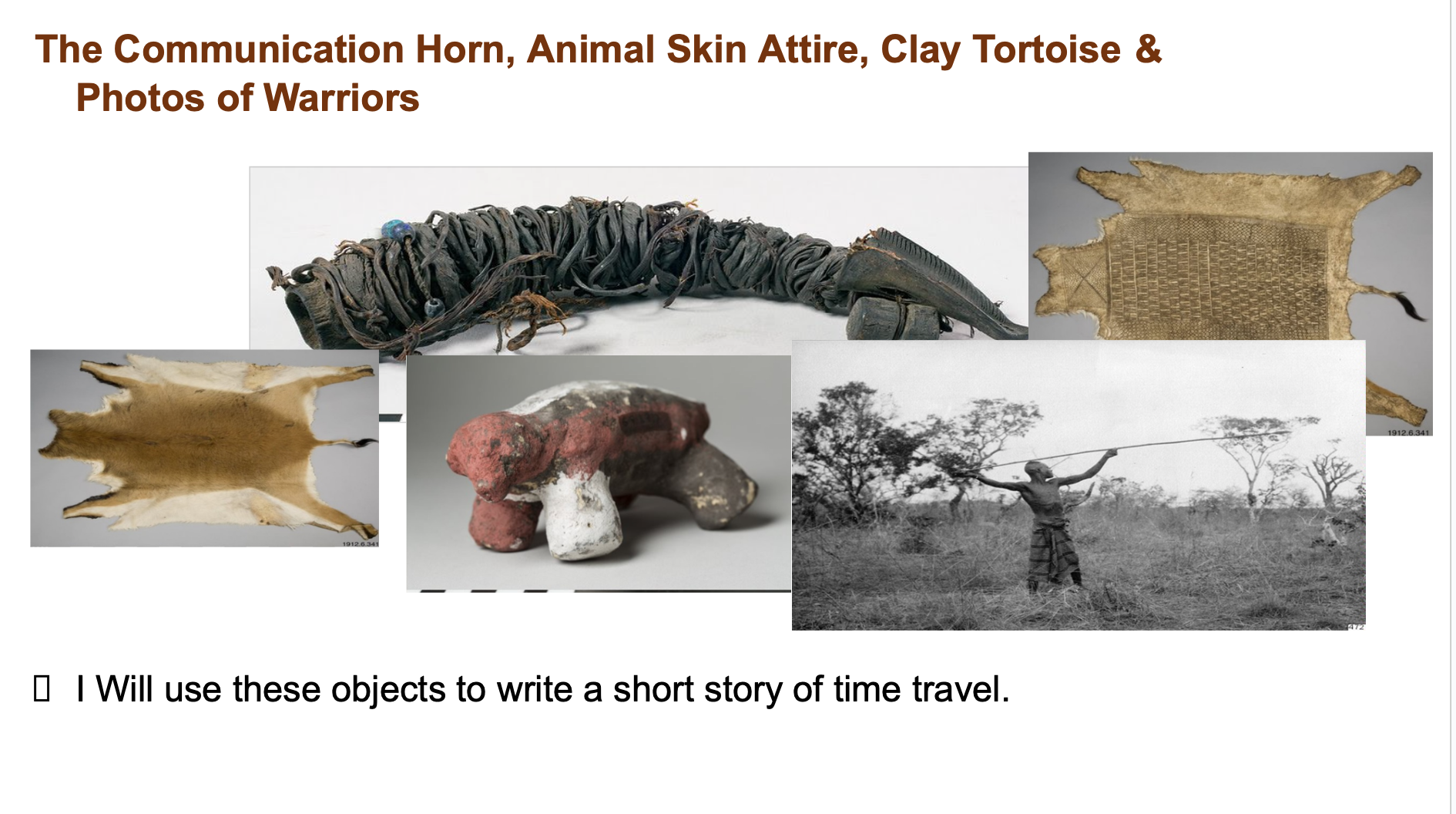
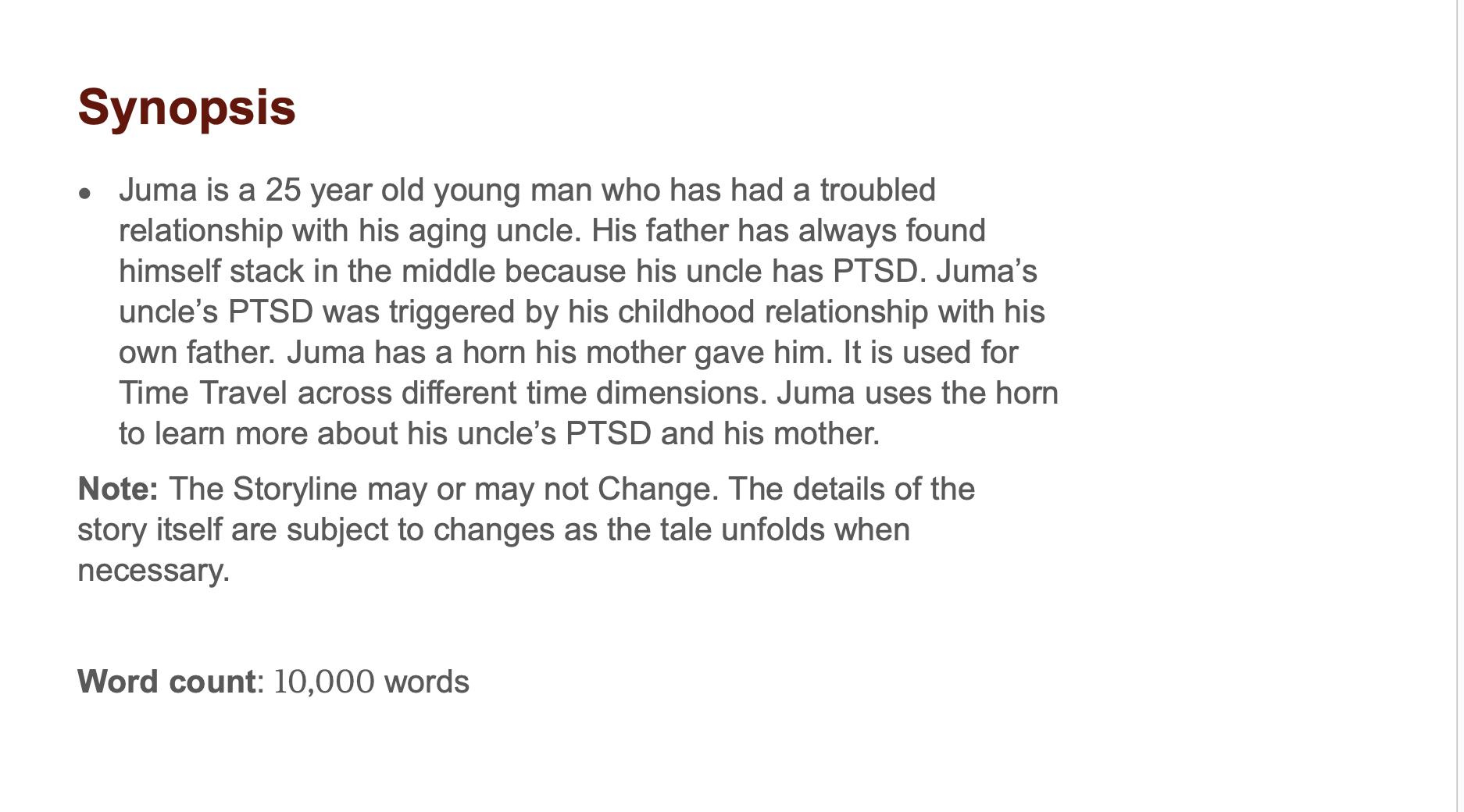
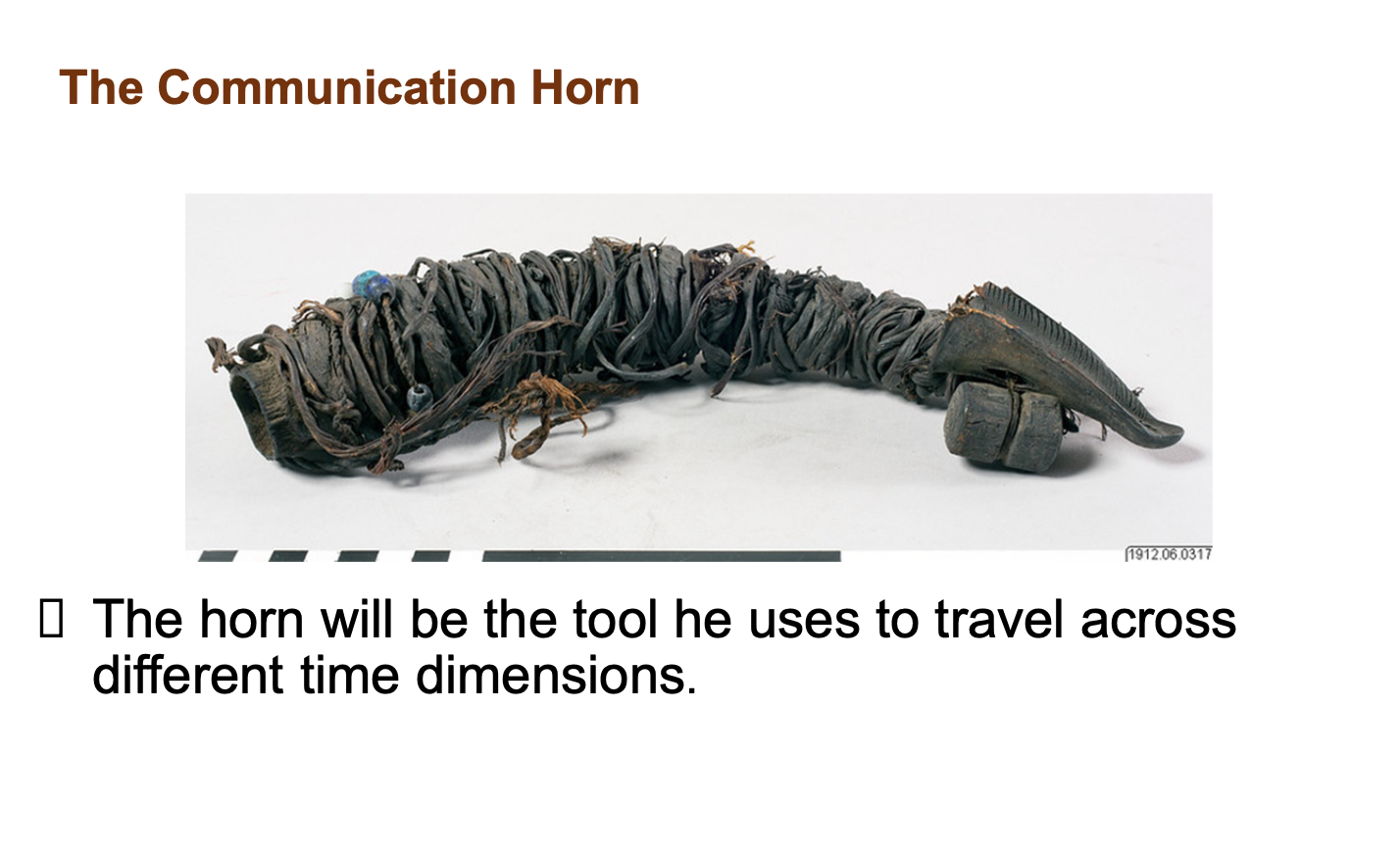
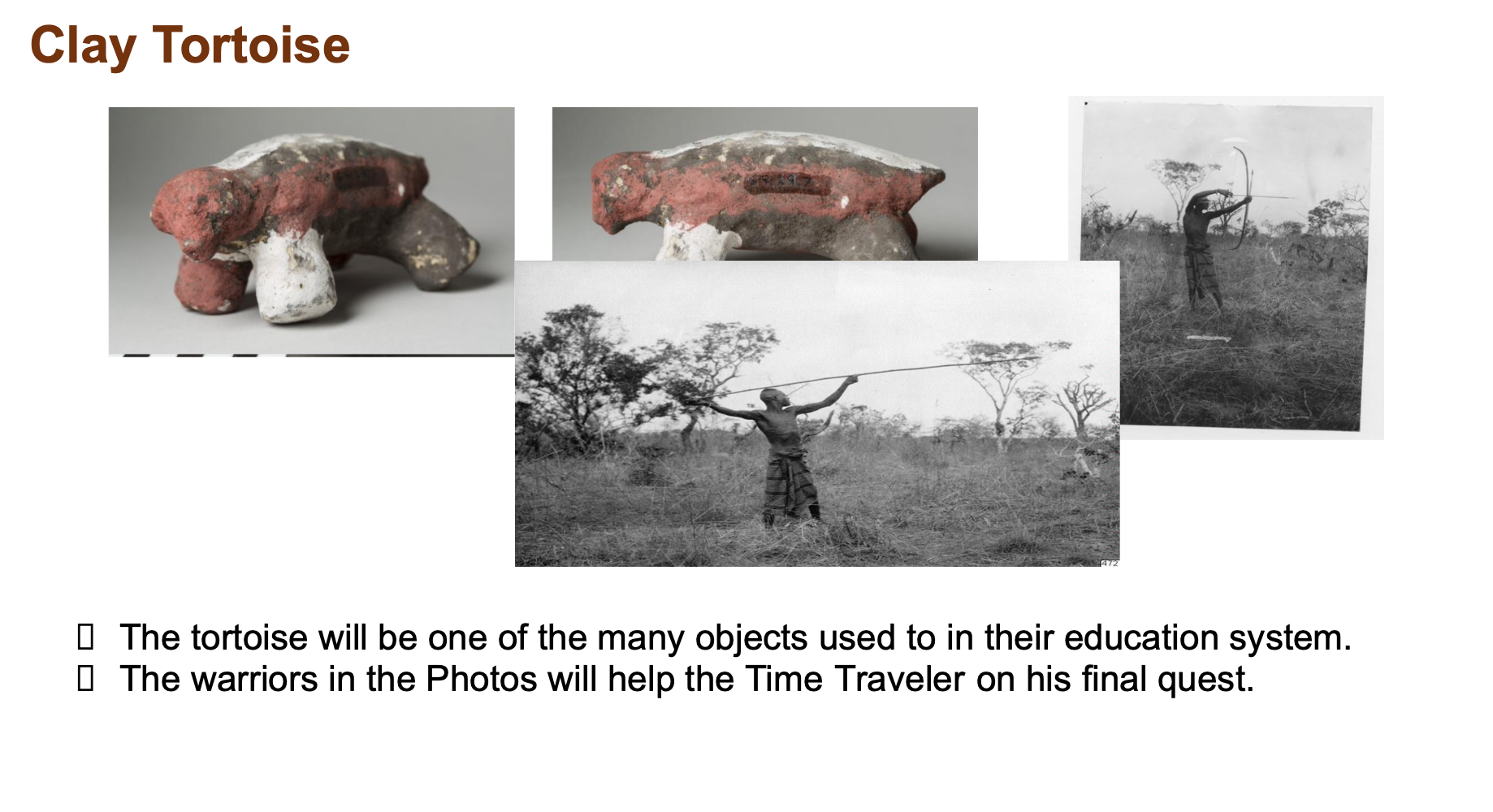
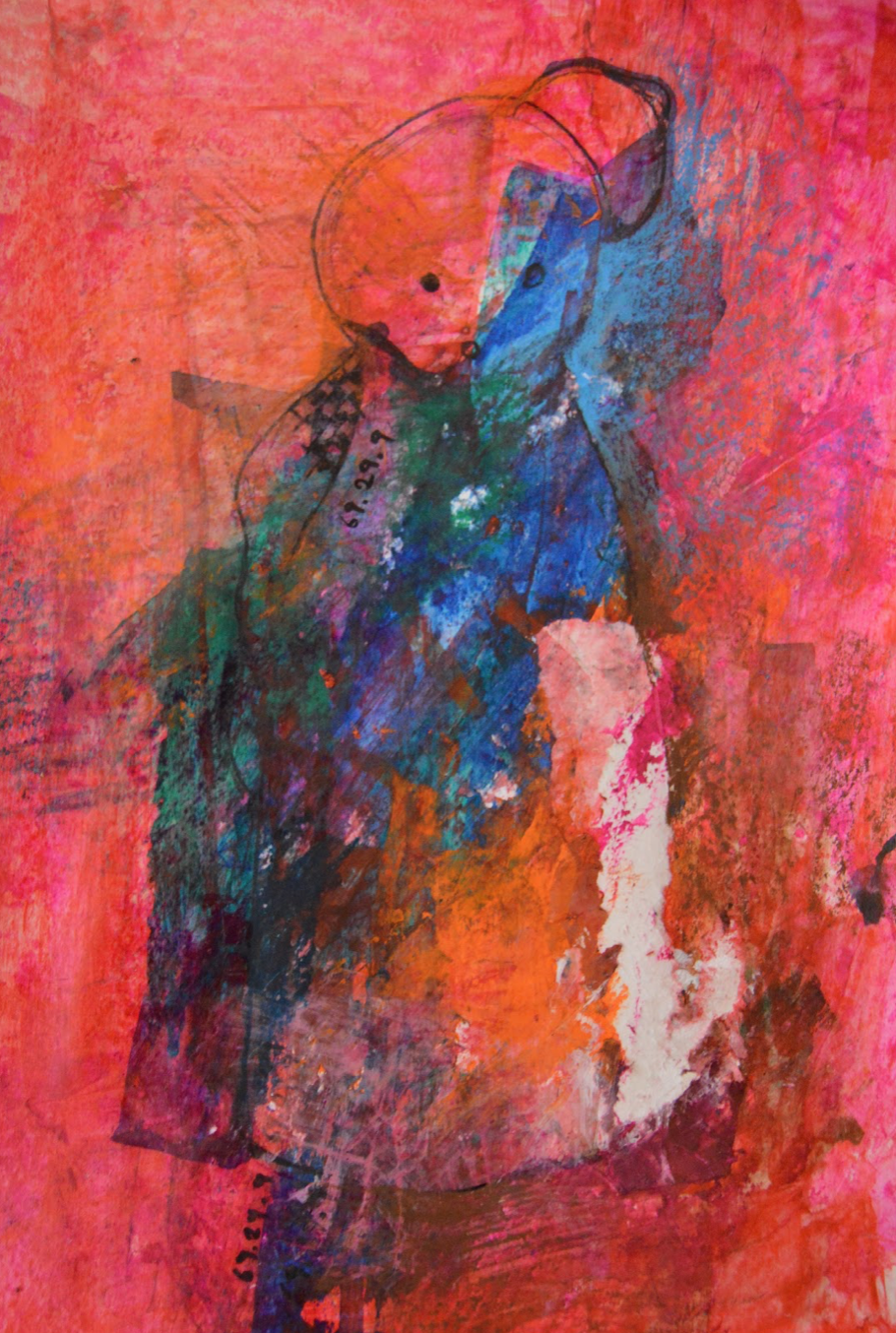
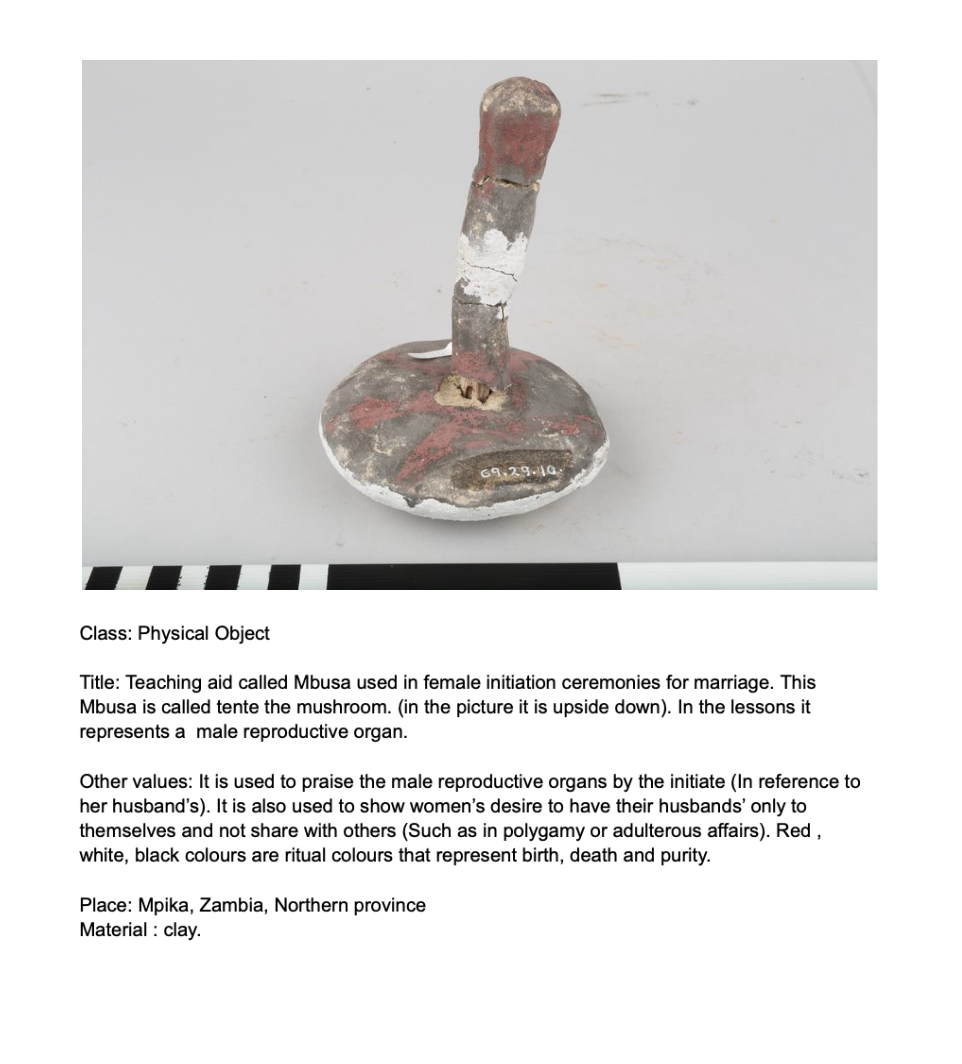
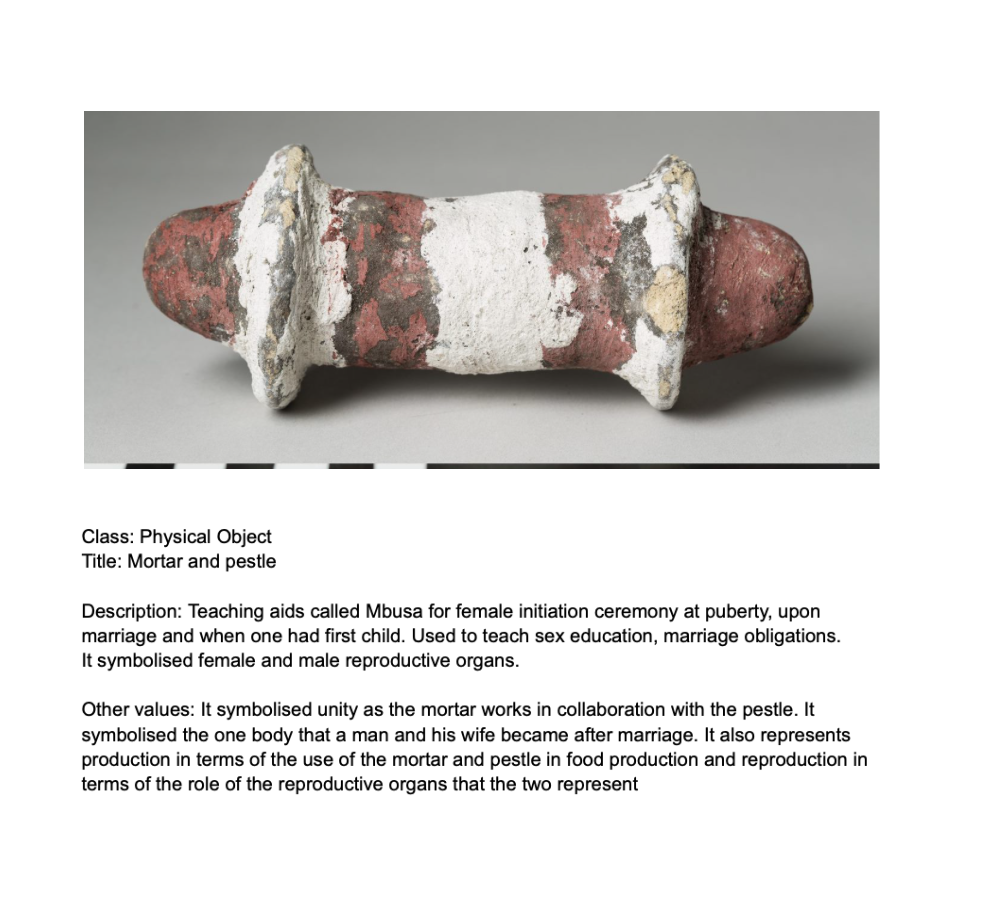
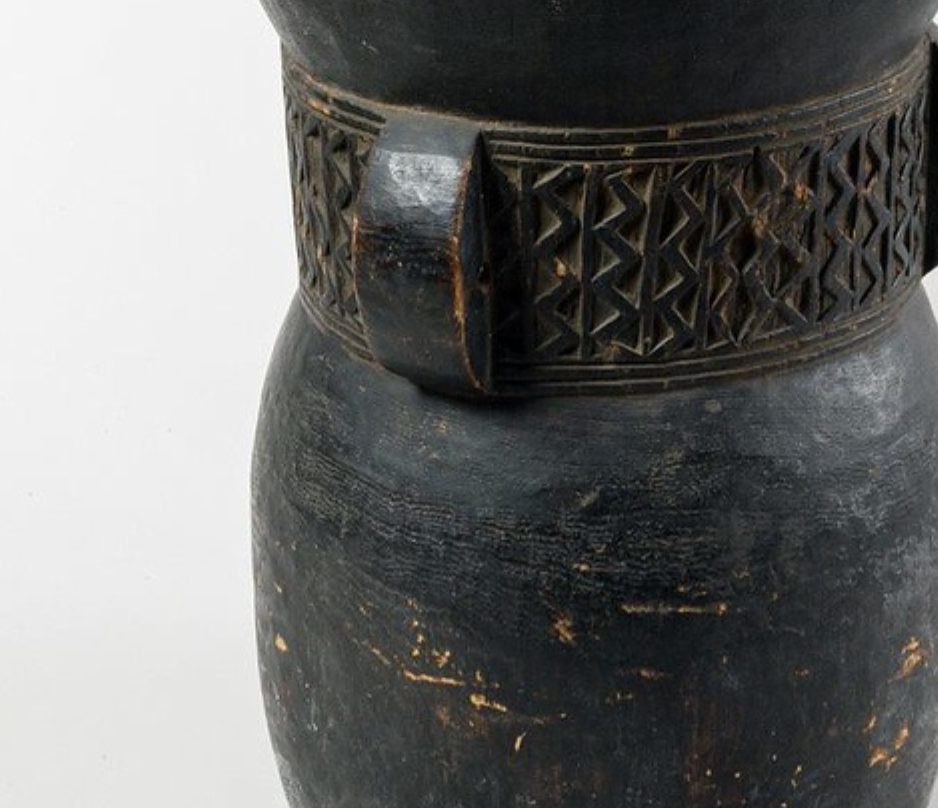
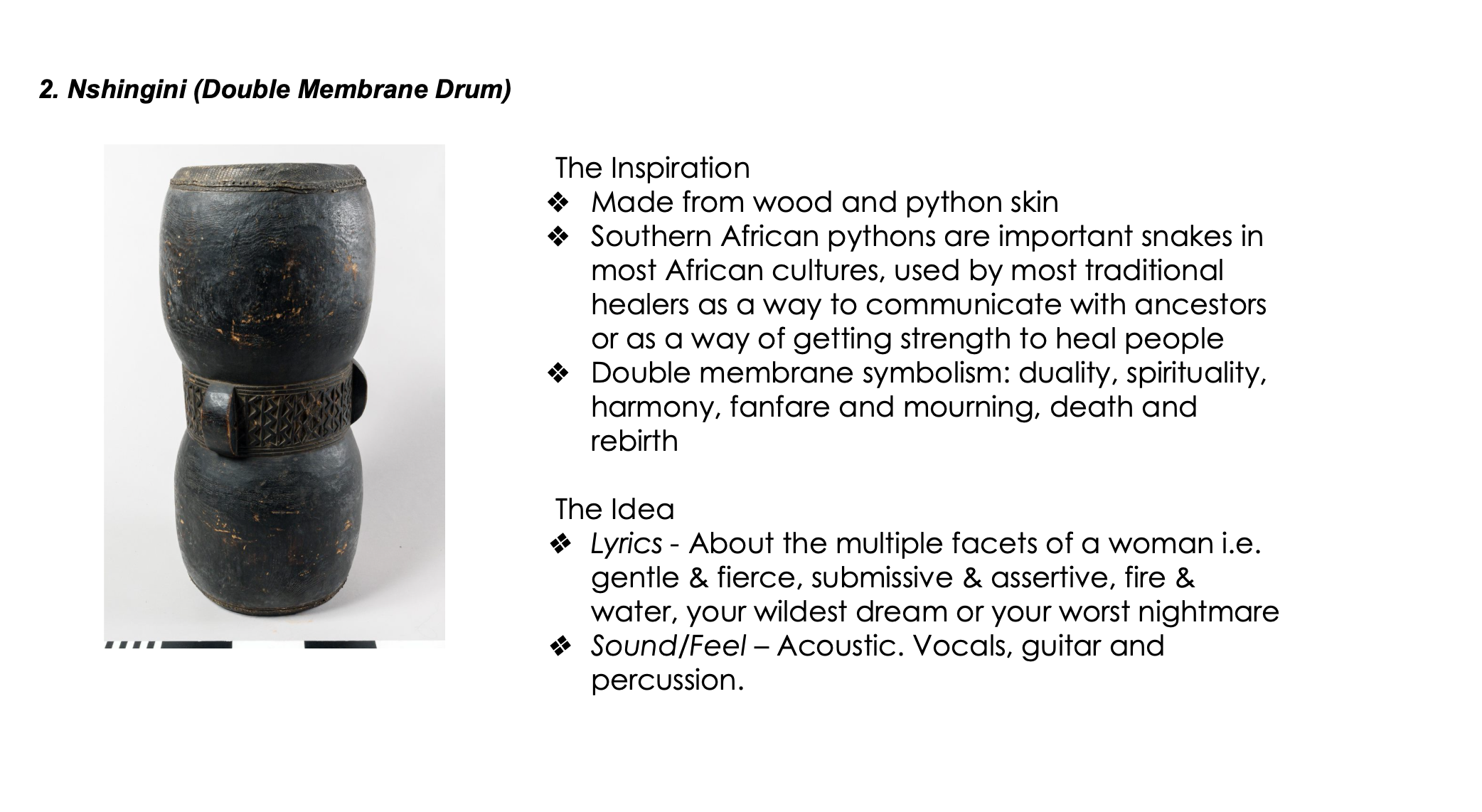
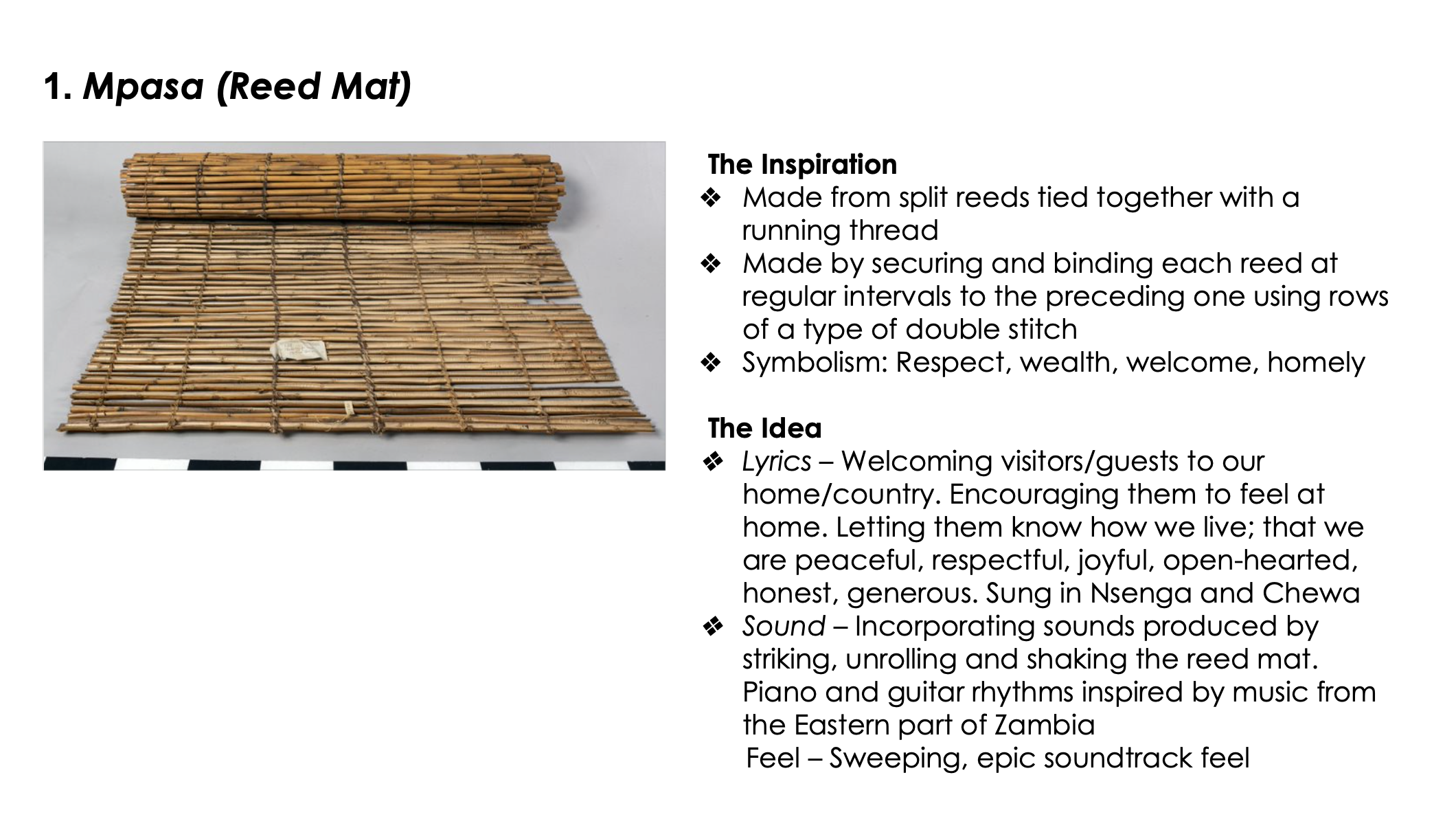

Fabricated Stories was a production and research residency conceived in line with our mission to cultivate cultural heritage preservation through the creation of new knowledge systems that draw on historical pasts.
The residency was an extension of ‘Shared Histories’ a collaborative digital repository conceived by the Women’s History Museum of Zambia and The Swedish Museum of World Cultures. The repository is centred around cultural object repatriation through digital means. It works to address the gap in cultural knowledge by providing and increasing accessibility to Zambian cultural objects which have over centuries found their way outside of their communities of origin and thus have been inaccessible to most.
At the crux of the project is the goal to connect Zambian artists and the general Zambian population to Zambian historical artefacts and artworks held by the museum in Sweden. The museum currently holds 800 objects and artefacts collected over a period of 100 years.
The experiences and contributions of owners of heritage and objects have been erased from the mainstream socio-economic and cultural history in Zambia as a result of the country’s colonial legacy and post-colonial tensions.
The residency involved six Zambian artists interacting with Zambian histories housed in Stockholm. The artists were tasked with re-creating or re-imagining an array of work in direct dialogue with the archive in Sweden.
Each artist was given access to the collection from which they each selected objects to research and incorporate into the development of new bodies of work. The objects selected included photographic material, celebratory masks, bronze clubs and more.
The residency will culminate in an exhibition which will showcase these art works with the aim of exploring how indigenous knowledge, the digital economy and the creative industry intersect to create opportunities for impact and growth in the Zambian economy.

Hannah Mwenzi Siliya is a self-taught digital artist based in Zambia. Her creative work hybridises commercial and personal artistic practices, rendered through animation, 3D and graphic design.
Residency Project:
BARTER COIN, THE EARLY CYCLE OF N'DALAMA.
“The global norms surrounding money is reimagined through a lens of 1912 peoples of Zambia, deconstructing the elitist ideology of monetary value currently held by financial institutions, systems and urban community. According to an Oxford literary review, Africans have been subject to the most cycles of currency forms. However, a particular cycle Africans have undergone, now nearly extinct, is barter exchange. The only cycle when African people chiefly controlled their idea of value, power and wealth (Ndalama ; ‘money’) without colonial oppression. In this body of work, the artist translates the geometry, colour, patterns, symbols, stories, engraved on authentic indeginous artefacts bartered by tribes in Zambia, among her community, and the rest of the world. Pondering what one evolution of money would have looked like from 1912, 1964, and present day Zambia, society, if designed by Zambians themselves, instead of a foreign body or European Country, as is, today.

Edith Sampa Chiliboy is a self taught photographer that specializes in fine art photography. She believes photography is a journey in which she not only gets to explore and understand the elements of environments she lives in but also gets a chance to explore her own existence and what roles she plays in order to make a meaningful contribution to the curent times she's existing in. Each project she takes part in is a chance for her to explore her art and to push the limit of the eye by looking beyond what is being shown on the surface and instead capture what isn't being said but felt or emotional context exhibited by her subjects.
Residency Project:
Adornments of Identity
“The inspiration for this project is drawn from the fact that even though the times we live in have evolved, how we present ourselves to society still affects the perception of an individual's identity , this includes how one styles their hair, what accessories or brand one is either wearing or possess; For women how they carry themselves and present themselves in order to be considered ideal or beautiful and most importantly the mask we all have to wear to hide our true emotions in fear of being judged.”

Nchawaka Kanyama is a surface designer who finds her inspiration for creativity in many forms. Part of the process of creation is the act of exploring what is deeper than human connections, the ability to connect with her environment, her culture and how these elements are perceived by society.
Residency Project
Kuweza
“This collection is inspired by Zambian women living around the Bangweulu Lake in 1912. During this period women were more minimalist with how much clothing was worn, and yet the Zambian men during this era still had full respect for their women regardless the minimalist dress code. Fabric print designs were all inspired by historic symbols, both in nature and in social life during the 20th century.”

MASILI is a self-taught Writer whose work’s focus is all things literary. He aims to paint vivid pictures of the world around him using words and expresses himself on everything humanity using Creative Writing. Masili seeks to explore the human soul to better understand why people are the way they are; what inspires them and what they seek out of their lives. His writing is thought provoking in the sense that he writes to evoke peoples emotions and deeper thinking by making them question the world around them as well as their experiences as a way of igniting conversation that creates better understanding of humanity to better the world we live in.Masili draws inspiration from everyday life, everyone and everything around him through time travel that we all experience on a daily basis every time we speak of the past or the future because he believes one doesn't need a time machine to time travel. One only needs to listen to tales of the past or simply look to a future they seek to build.
Residency Project
THE WAYS OF THE OLD.
“This concept was chosen in order toexplore the life of the people of the Lake Bangweulu area in relation to their ornaments collected from them in 1912 which now reside in Museums around the world. It was a love letter to them and as a way of bringing them home through imaginative creative fictional writing inspired by their craftsmanship and their documented lifestyle through photography but also to draw lessons from the Lake Bangweulu people through their ornaments.”

Mwamba Chikwemba, is a visual artist and muralist. Her artistic focus is on creating energetic, expressive portraits of young women. Mwamba's subject matters emphasise the concept of pride and confidence. Her painting style and technique is self-taught and in all the different facets of her work she aims to incorporate the use of contrast and good composition; the colours speak for the vibrating power of the female soul- her subjects eyes' share the same hardship of being a woman today in a society dominated by men.Therefore, the interpretation on the whole is sort of an abstraction; rather than a realistic one, of the young woman’s position in Society as a whole.
Residency Project
“This body of work is inspired by the Imbusa objects I selected. Imbusa teaching is ‘first of all a rite of social maturation’ this means for Bemba women that going through the rite equipped them for marriage it is a necessity for Bemba women, Bemba people perceived marriage as sacred and as such there is need for thorough instruction before a woman and a man are married. Therefore a woman has to undergo the imbusa teachings, the believe that amafunde yambusa magically transforms a bemba girl into a woman , every teaching within the imbusa has multiple explanations and the are convinced that once they complete their imbusa course the girls will have the knowledge that all other women have received. This knowledge gives these young brides status as women. In the Bemba tribe marriage is considered the final stage of the transition into womanhood; it entails a series of ceremonies to which I’ve been imitated, setting off the process of preparing for marriage. The rituals that surrounds marriage play a significant role, this body of work will allow me to navigate and integrate this all information alongside my personal evolution as a modern bemba woman. I also seek to engage with tradition and explore what it means to be a modern Bemba woman in this culturally pivotal time in life.”

Tasila is a singer/songwriter and live performer. Soulful vocals and thoughtful lyrics characterise this African songbird's music. African rhythm in general and Zambian rhythms in particular are the soul and heartbeat of Tasila's music. The beautiful African people, the captivating African sounds, the colourful African fashions and the undeniably vibrant African spirit are infused into Tasila's art one way or another.
Residency Project
“Finding wonder and beauty in the everyday and celebrating the duality of things & people. At first glance some things/people can seem mundane or boring but if you take the time to look beneath the surface you may be pleasantly surprised to find that things are not quite as ordinary as they seem. A reed mat becomes more than just a thing to sit on, it is also a symbol of welcome. A drum becomes more than just an instrument, it is a call to the spirits.”
